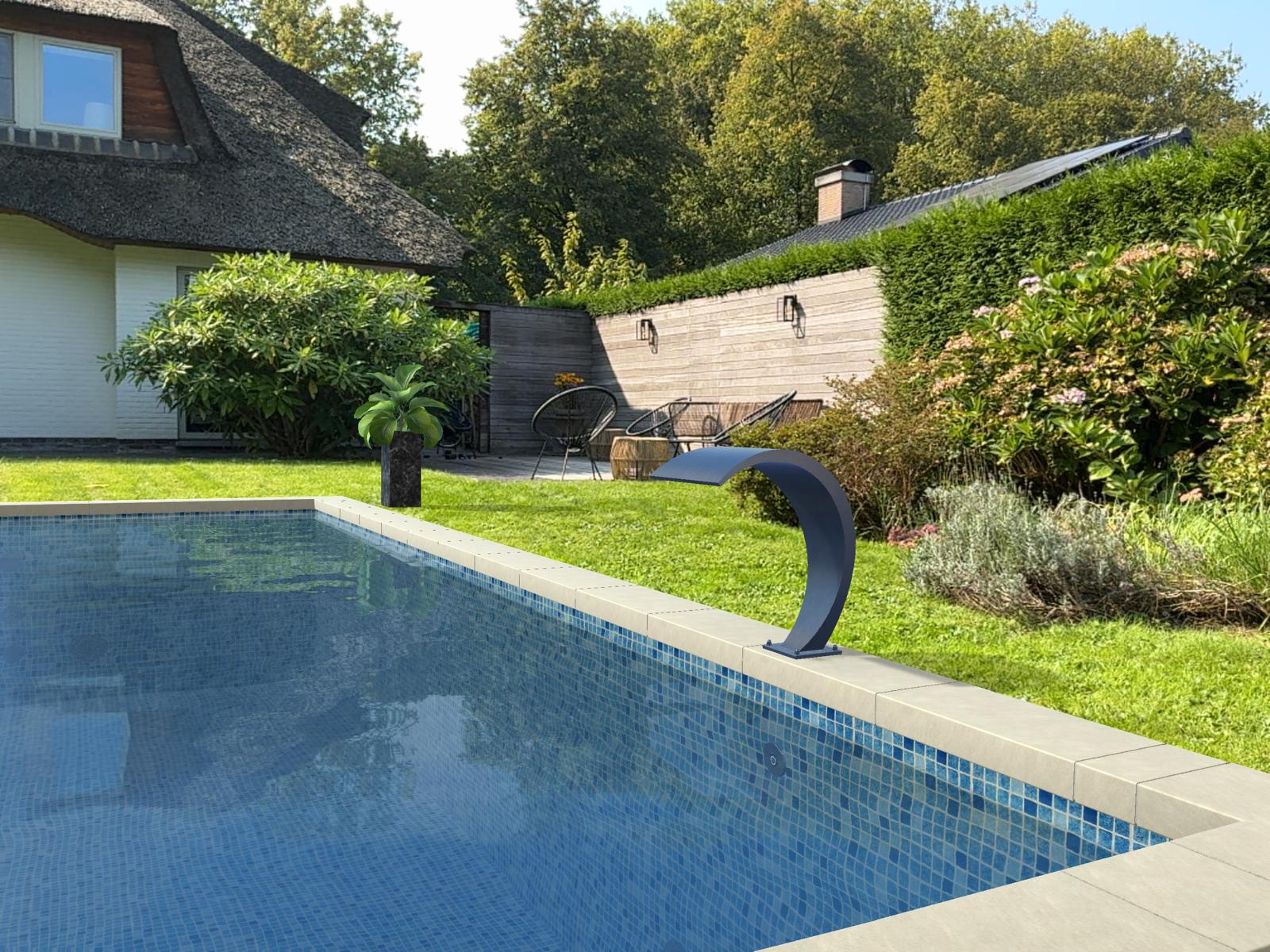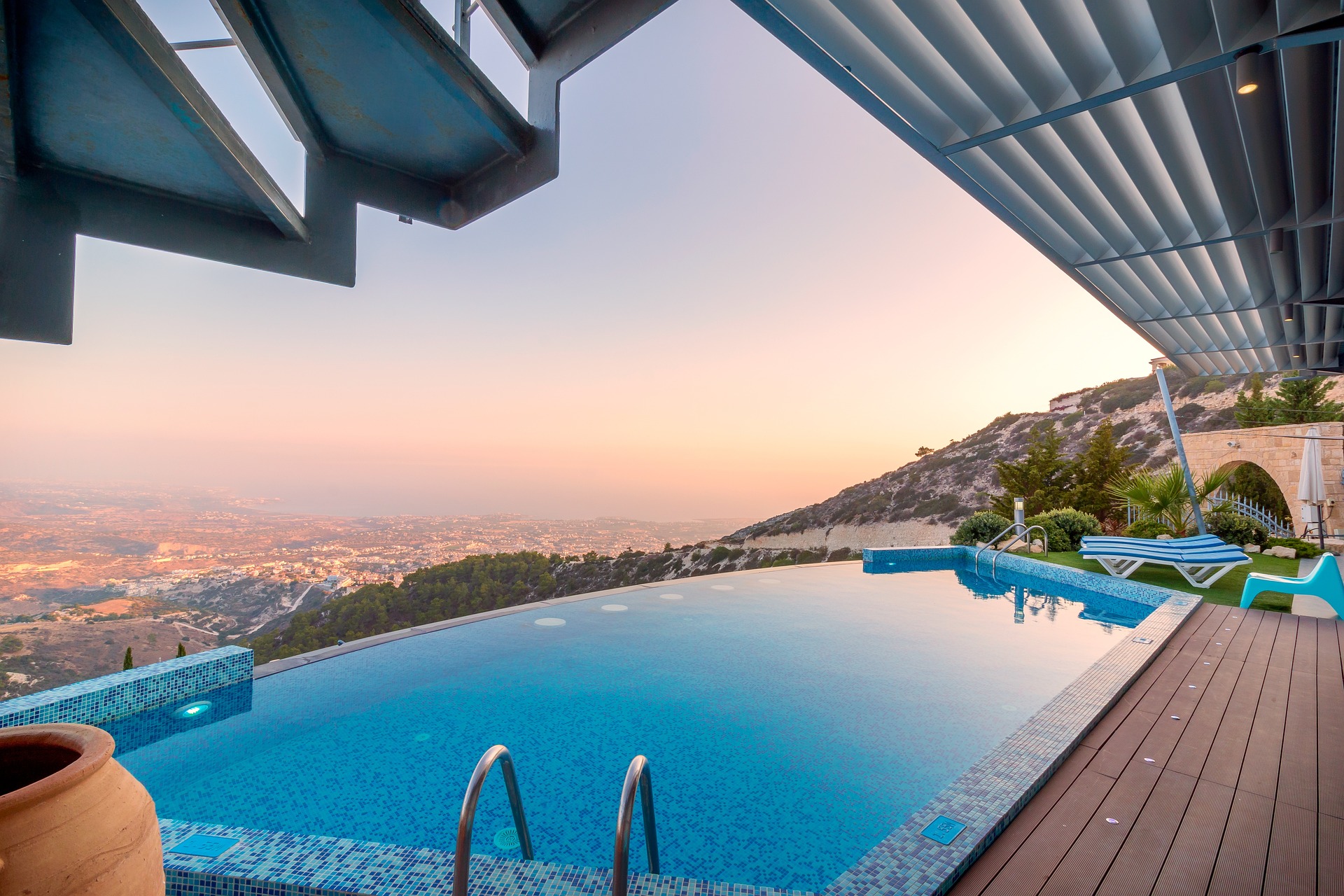As we look toward 2025, the pool design industry is embracing new technologies and evolving customer preferences fast. From automation to sustainability, innovation is driving the trends that make pool ownership easier, more efficient, and customizable. To remain competitive, designers, installers, and brands must leverage the latest tools to meet client expectations.
In this blog, we will explore the top pool design trends for 2025, focusing on how technology is helping professionals stay ahead. Whether you’re a pool installer looking to enhance your client offering or a brand wanting to showcase your products in innovative ways, these trends will give you insight into what’s next in the pool industry.
The rise of 3D design software
Gone are the days when pool designs were limited to 2D blueprints or outsourced 3D renders that took days or even weeks to complete. In 2025, 3D design software will become a standard tool for pool installers. This software allows installers to create fully interactive, immersive models that clients can explore from every angle.
Visualizing a pool in real time provides clients with a clear understanding of how their investment will look in their backyard. Installers can adjust shapes, materials, and features on the spot, speeding up the design process. With real-time customization, changes that required days of back-and-forth communication now happen in a single meeting.
This trend will continue to dominate pool design in 2025, as it makes the installation process faster and more efficient. For pool manufacturers and installers, 3D design software is not just an advantage, but it’s becoming a necessity.

Explore how VirtualPools can transform your pool projects.
Smart pools: automation and control
As with many aspects of home technology, smart pools are on the rise. By 2025, homeowners will expect their pools to be as automated and intuitive as the rest of their smart homes. Automated systems that control water temperature, lighting, cleaning, and filtration are becoming more common. These typically offer app-based controls for real-time adjustments.
For example, a pool owner can adjust the pool temperature, schedule cleanings, or set lighting for evening gatherings. This control enhances the user experience and contributes to energy efficiency, optimizing when and how certain systems run.
Automated pools can also integrate with other home systems, such as smart sprinklers or security devices. In 2025, the demand for smart pool technology will continue to grow as consumers prioritize convenience and sustainability.
Sustainable and eco-friendly pool designs
Sustainability is no longer a trend—it’s a requirement for modern consumers. Pool owners are increasingly looking for eco-friendly solutions. By 2025, we expect to see a significant rise in sustainable pool design. This includes energy-efficient pumps, solar-powered heating systems, and the use of eco-conscious materials in pool construction.
One of the most impactful trends is the development of water conservation technologies. Pools with advanced filtration systems can reduce water waste by recycling and purifying pool water. Additionally, rainwater harvesting systems can use natural resources to maintain pool levels. These solutions aim to lower the environmental footprint of pools and reduce maintenance costs.
Pool installers who incorporate these technologies into their offerings will stand out to environmentally conscious clients, providing solutions that align with broader sustainability goals.
Customization through virtual and augmented reality (VR/AR)
Virtual and augmented reality (VR/AR) are becoming powerful tools in the pool design process. These technologies allow clients to virtually “step into” their future pool and surroundings, seeing the result before construction begins.
With VR/AR, clients can explore different design options, tweak features, and see how different elements work together. This level of interaction creates an immersive design process that increases client engagement and satisfaction.
VR/AR also helps pool installers and designers reduce the chances of miscommunication or discontent during installation. With this lifelike preview, VR/AR tools ensure that every detail meets client expectations before work starts. By 2025, this technology will be essential for pool design consultations, enabling a customized and transparent design experience.
Innovative pool shapes and features
Pool designs are evolving beyond the traditional rectangular or oval shapes. In 2025, we will see a rise in organic, free-form pools that blend effortlessly into the natural landscape. Homeowners are looking for pools that feel like extensions of their outdoor environment. This trend is driving the demand for custom shapes that mirror the contours of the surrounding space.
Infinity pools, waterfalls, and integrated seating areas are also becoming popular as homeowners look to create resort-like experiences. These features add aesthetic value and enhance functionality, making it a space for relaxation, entertainment, and family time.

Personalized pool features will continue to grow in 2025, as clients seek unique designs that reflect their personal style.
Enhanced pool safety technologies
As technology advances, so does the emphasis on pool safety. In 2025, we will see more advanced safety features designed to protect both children and pets around the pool area. As an example, automated pool covers offer added security, sealing the pool when not in use.
In addition, real-time monitoring systems and smart fencing can alert homeowners if someone enters the pool area. These systems integrate with smart home apps, allowing homeowners to receive alerts directly to their phones. This integration of safety and technology provides peace of mind, making pools safer for everyone.
As pool safety becomes a greater priority, installers will need to include these technologies to appeal to safety-conscious consumers.
Digital design for marketing and sales
As we move to the next year, innovative pool design and installation will reflect how professionals market and sell their services. Digital design assets, like 3D models and renders, have been invaluable tools for showcasing capabilities to potential clients. However, having a quicker, more dynamic way to design will become vital.
As the industry continues to digitize, 3D design software will become essential for attracting new business and staying competitive.
Conclusion: leveraging technology to stay ahead in 2025
The pool industry is entering a new era, where technology and innovation are key drivers of success. The trends shaping pool design in 2025 reflect the growing demand for efficiency, sustainability, and personalization.
Pool designers and installers should consider investing in tools that simplify the design process, and enhance safety and sustainability. Manufacturers will benefit from displaying their products in digital environments such as VR/AR and considering consumers’ preferences in their product developments.
Embracing the latest technologies will allow pool professionals to position themselves at the forefront of the industry. This will help them deliver exceptional results and guarantee a competitive edge in a rapidly evolving market.
